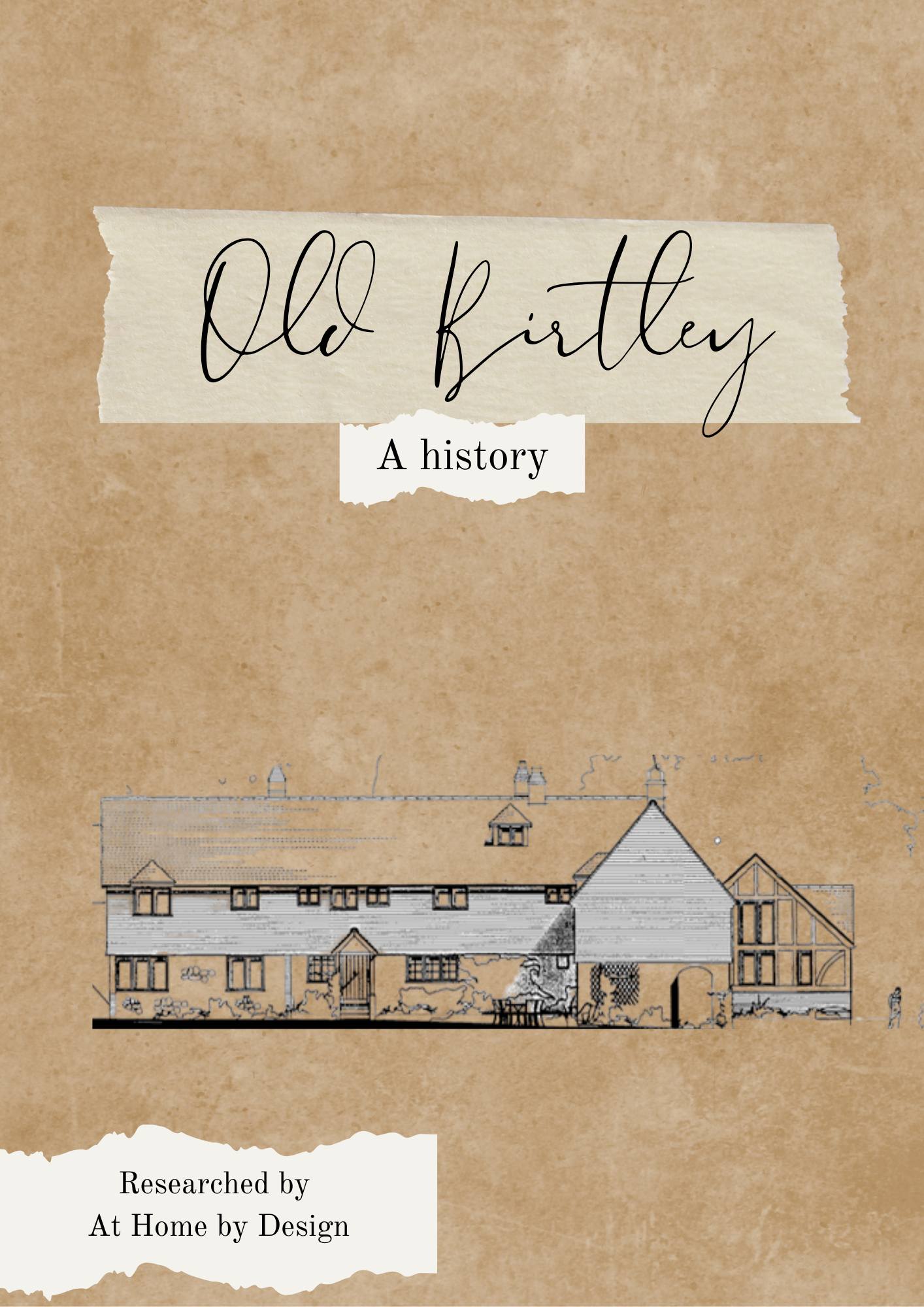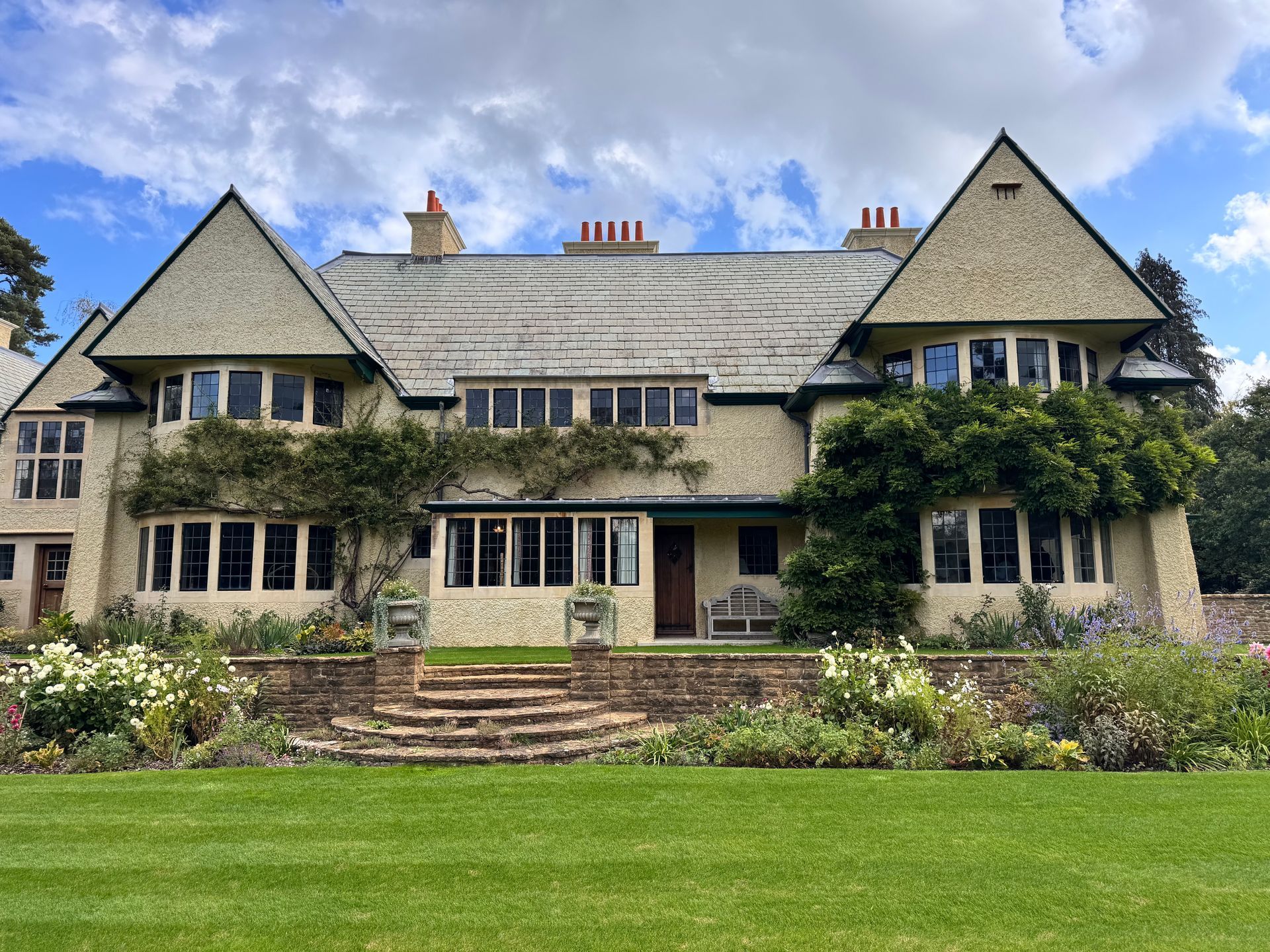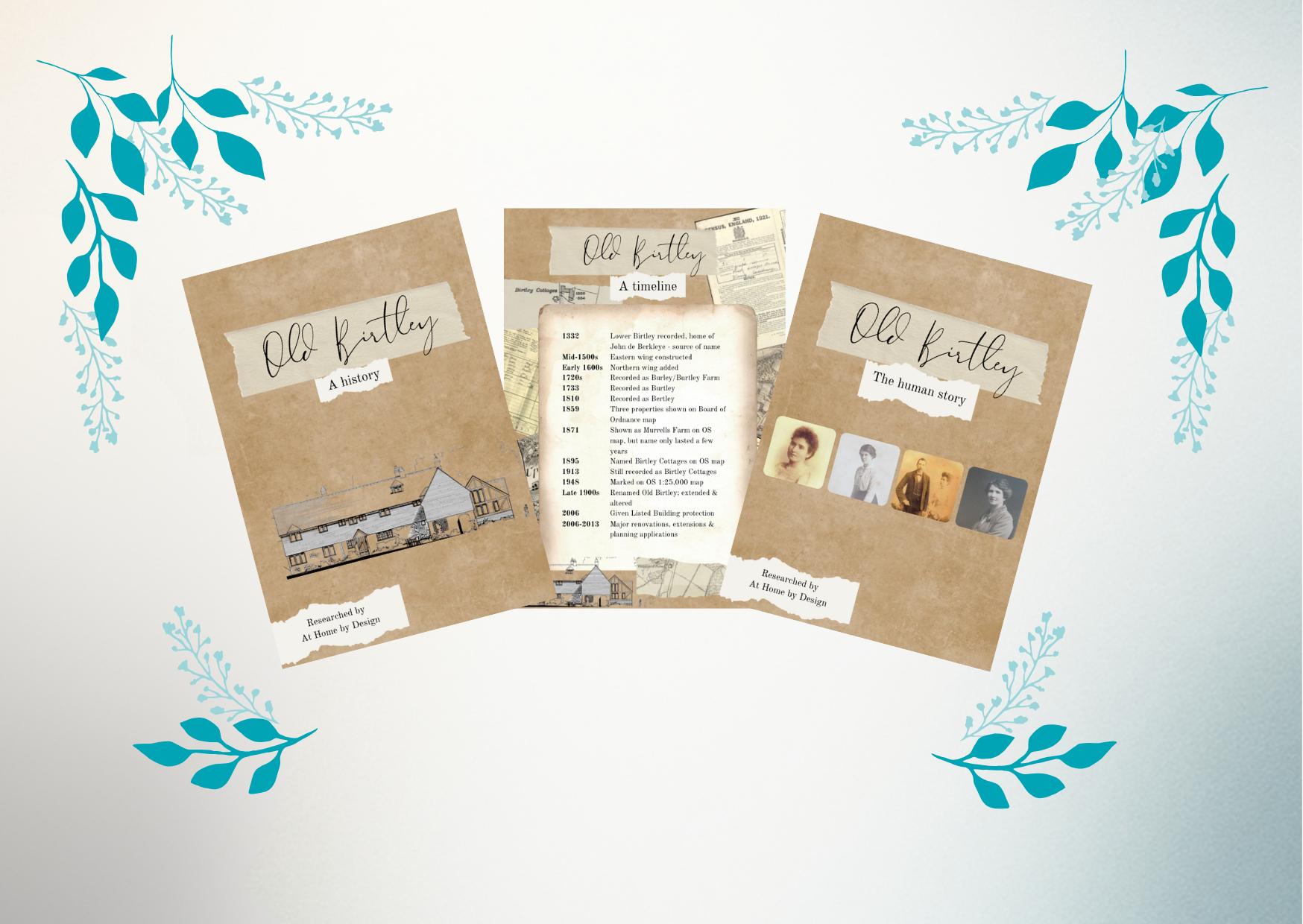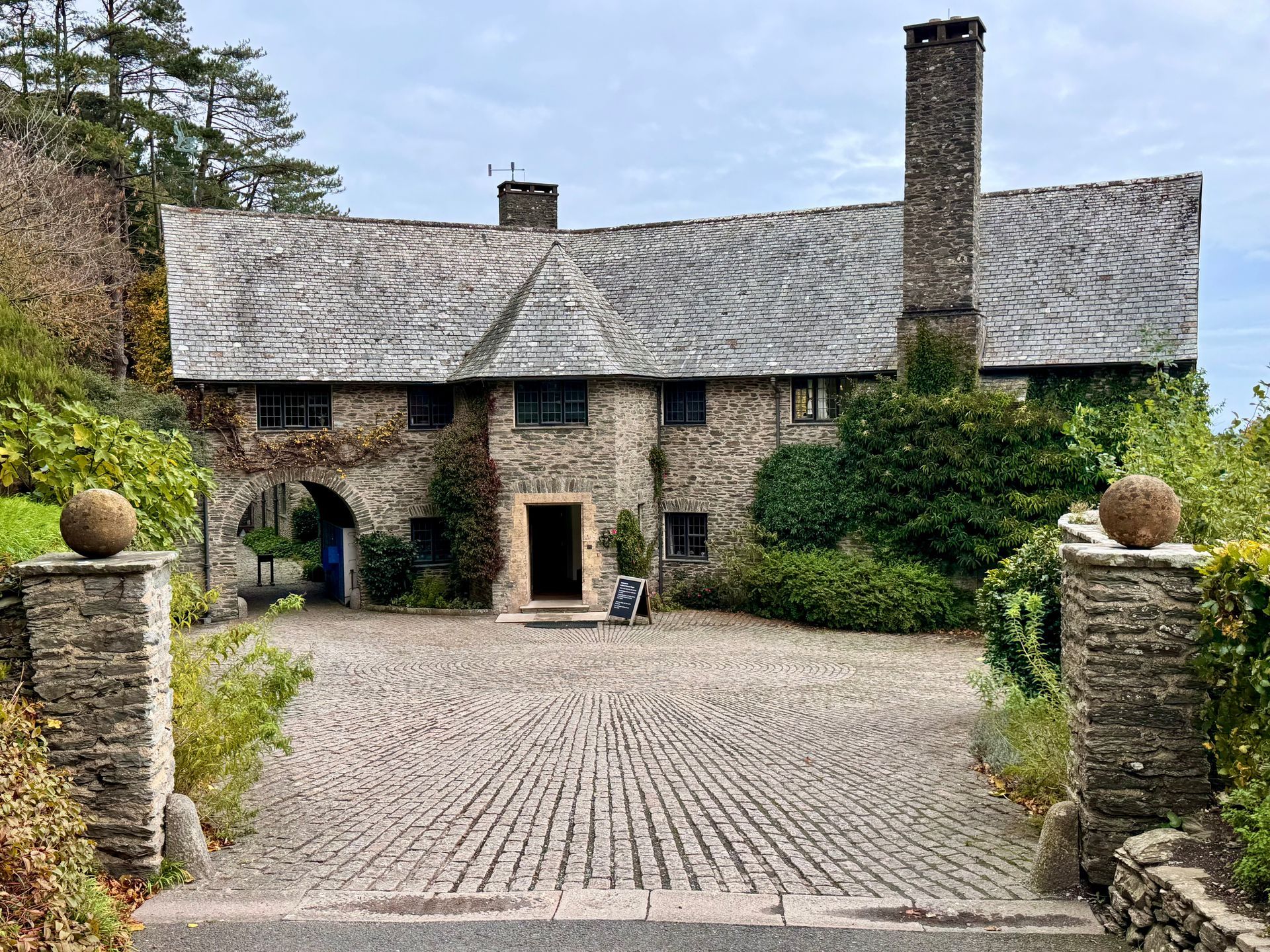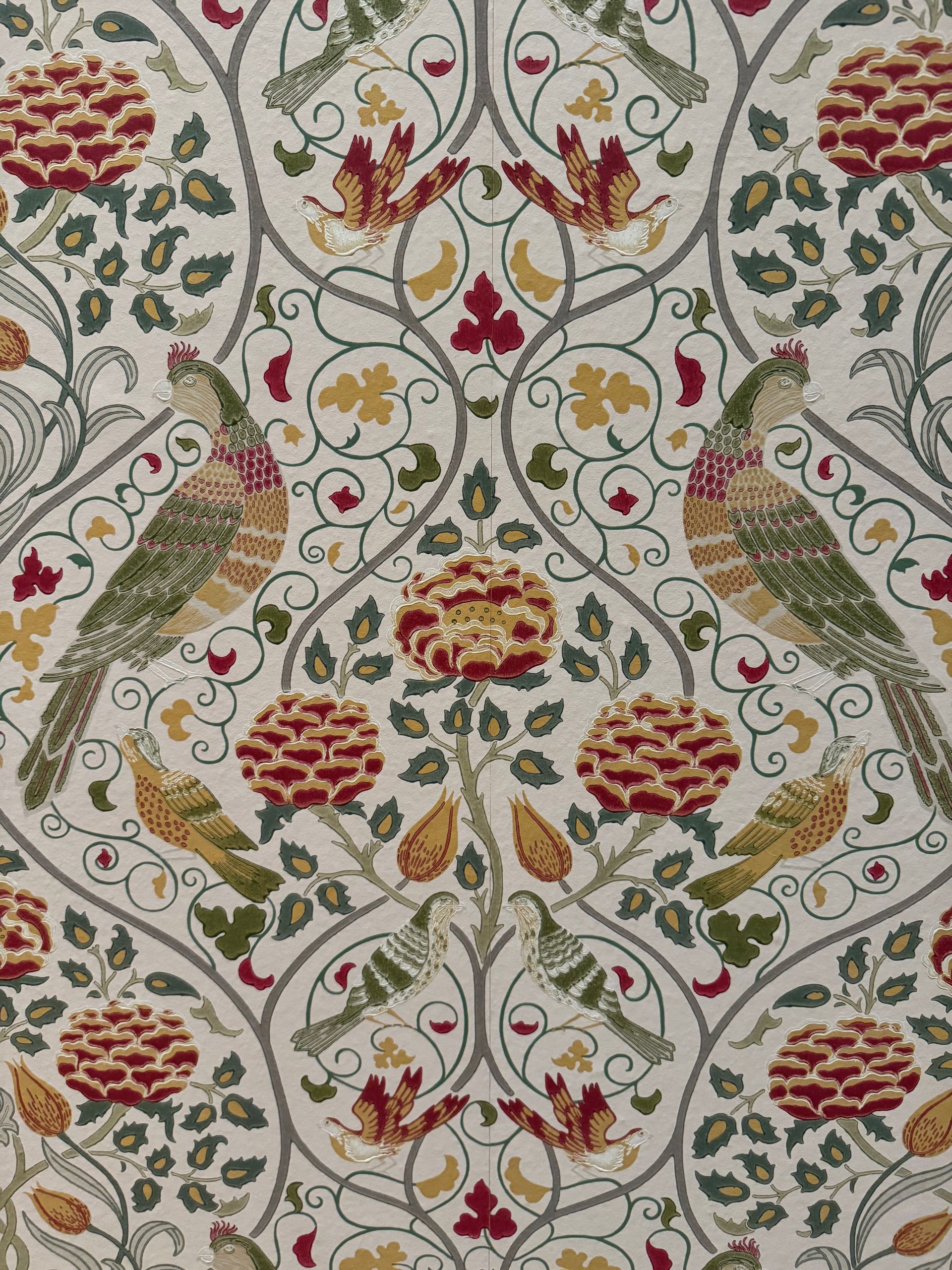Preserving the past for the future
Can interior designers help protect heritage buildings?
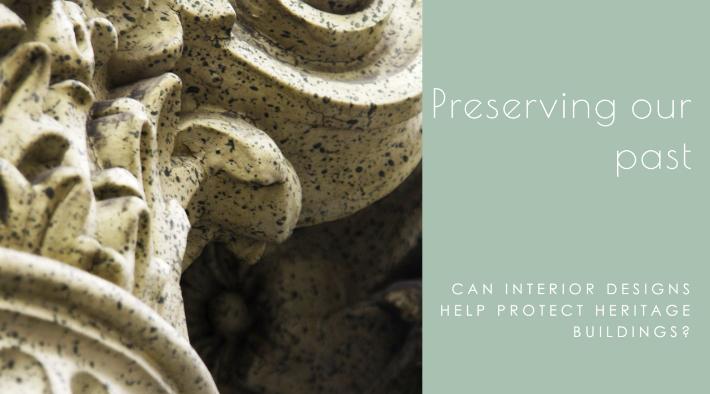
Living in the Surrey Hills, I can cycle past umpteen houses designed by Edwin Lutyens, and hundreds more in an Arts and Crafts or older style.
The county has more than 6,000 listed buildings, including more than one hundred Grade I premises.
To bring that to a local level, I live in a rural parish, a collection of villages and hamlets, along with 8,000 others. We have 100 listed buildings on our doorstep. And there are plenty of beautiful old buildings that aren’t listed - including some of those designed by Lutyens.
So why, as an interior designer, would I be interested in the exterior of a building?
Heritage buildings are not just bricks, stone and mortar. They are a record of our history and culture. They bear the scars of how we live. They are a catalogue of craftmanship and artisan ability. They are a testament to skills and jobs from bygone years.
Heritage buildings are irreplaceable cultural assets, but the pages of history don’t help us to house a growing population. We can’t preserve our past in aspic.
So we are presented with a unique challenge of safeguarding the beauty of these older buildings, while creating interiors that live up to the challenges of contemporary living. Let them deteriorate and crumble, and we create other social issues, including anchors to our collective identity and culture. Striking this balance can be a complex task that demands expertise in both architecture and interior design, including:
- Sensitive Restoration: Interior designers work hand-in-hand with architects to ensure that any restoration efforts respect the original design, materials and craftsmanship of the building. They help revive historic interiors, breathing new life into spaces while maintaining authenticity.
- Adaptive Reuse: Rather than letting heritage buildings fall into disrepair, interior designers excel at finding creative ways to repurpose them for contemporary use. Whether transforming an old warehouse into a vibrant office space or converting a historic home into a boutique hotel, their expertise ensures a seamless blend of old and new.
- Incorporating Modern Amenities: Heritage buildings often lack the modern amenities required for today's occupants. Interior designers skillfully integrate these elements, such as updated lighting, climate control and technology infrastructure, without compromising the building's historic charm.
- Cultural Sensitivity: A deep understanding of the cultural context and historical significance of a building is crucial. Interior designers collaborate with historians and preservation experts to ensure that design choices align with the building's heritage and contribute to its storytelling.
Preserving heritage buildings is a collective responsibility that requires a multidisciplinary approach. Interior designers, with their unique blend of artistic vision and practical expertise, stand as essential contributors but don’t work alone. Via a thorough understanding of the delicate balance between history and modernity, interior designers help ensure that our cultural treasures continue to stand the test of time for future generations to appreciate and cherish.
Looking to restore your own slice of history? Why not book an interior design consultation to get you started.


